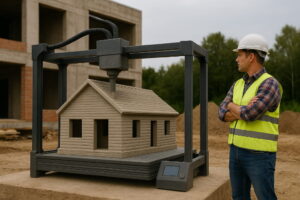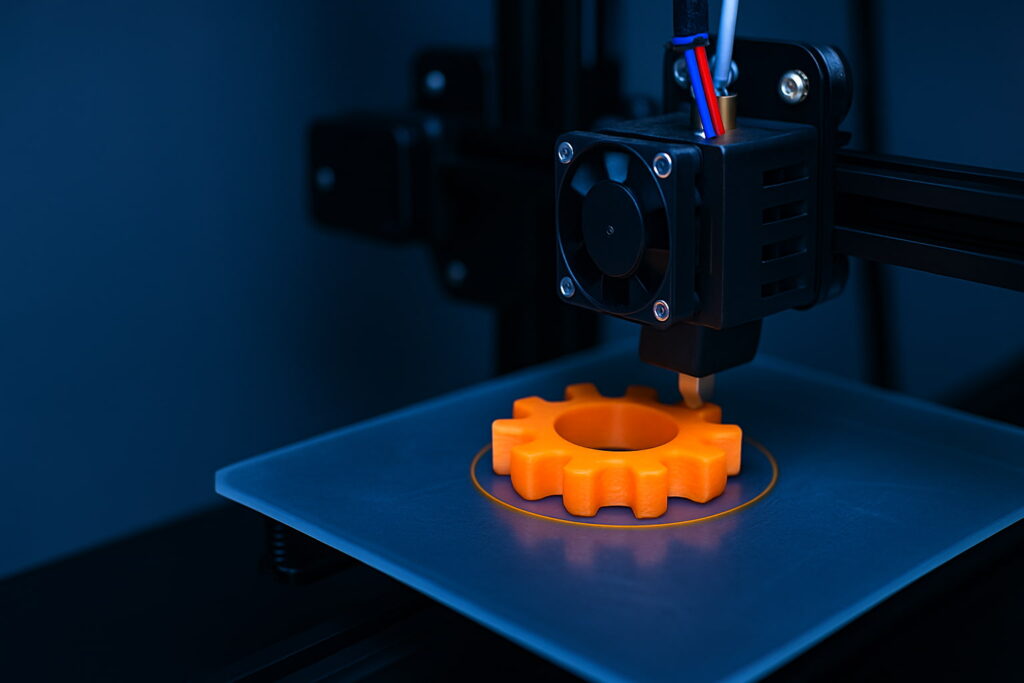
- +91 8055996347
- info@3dreality.in
- Chapru nagar square, CA road, Nagpur, Maharashtra-440008

In recent years, small businesses in India have become more innovative, agile, and tech-savvy. From homegrown startups to local artisans, entrepreneurs are constantly exploring new ways to compete in a fast-paced market. One of the technologies helping them level the playing field is 3D printing.
Once limited to large industries and research labs, 3D printing is now accessible and affordable, making it a powerful tool for India’s growing small business ecosystem. But how exactly is this technology helping small businesses in India thrive? Let’s explore.
Running a small business in India isn’t easy. Entrepreneurs often deal with:
These challenges not only affect profits but also make it harder to innovate or offer personalized products — something today’s customers expect.
3D printing, also known as additive manufacturing, creates physical objects from digital designs by building them layer by layer. It’s no longer just for big corporations — today, even a small business in Nagpur, Pune, or Coimbatore can take advantage of this powerful technology.
Here’s how 3D printing is changing the game for small businesses in India:
Creating molds or tooling for a new product can be extremely costly. But with 3D printing, businesses can:
This is especially useful for startups and product-based businesses trying to innovate without breaking the bank.
Instead of producing products in bulk and storing inventory, 3D printing allows small businesses to:
Whether it’s custom phone stands, keychains, or home decor — production becomes flexible and efficient.
Today’s customers want products that are personalized and meaningful. 3D printing empowers small businesses to:
Imagine being able to print a customized product with a customer’s name or design — all within hours.
In a competitive market, being first matters. 3D printing speeds up the entire development cycle:
This agility is a major advantage for small businesses looking to scale fast or respond to trends quickly.
With 3D printing:
This aligns with the values of many modern consumers who care about eco-conscious brands.
Jewelry Designers: Use 3D printing for intricate mold creation and lightweight designs.
Home Decor Startups: Create customized name plates, wall art, and miniature statues.
Medical Professionals: Print prosthetics, dental models, or surgical tools.
Educational Toolmakers: Design interactive 3D models for schools and coaching centers.
Mechanical Innovators: Build functional parts and product prototypes without outsourcing.
Not every business needs to buy a 3D printer. Local 3D printing services across India — like those in Nagpur, Delhi, Bangalore, and Jaipur — offer affordable B2B solutions. Small businesses can:
This creates a win-win scenario where local makers and tech entrepreneurs collaborate.
India is promoting Digital India, Make in India, and Startup India — all of which encourage digital manufacturing and innovation. MSMEs are being supported through:
3D printing fits right into this movement, enabling businesses to manufacture locally and grow globally.
Here are a few practical steps:
3D printing is no longer a futuristic concept — it’s a practical tool helping Indian small businesses innovate faster, reduce costs, and meet unique customer needs. Whether you’re in retail, design, healthcare, or education, there’s an opportunity to harness this technology for growth.
For businesses looking to stay ahead in a competitive market, embracing 3D printing isn’t just smart — it’s essential.